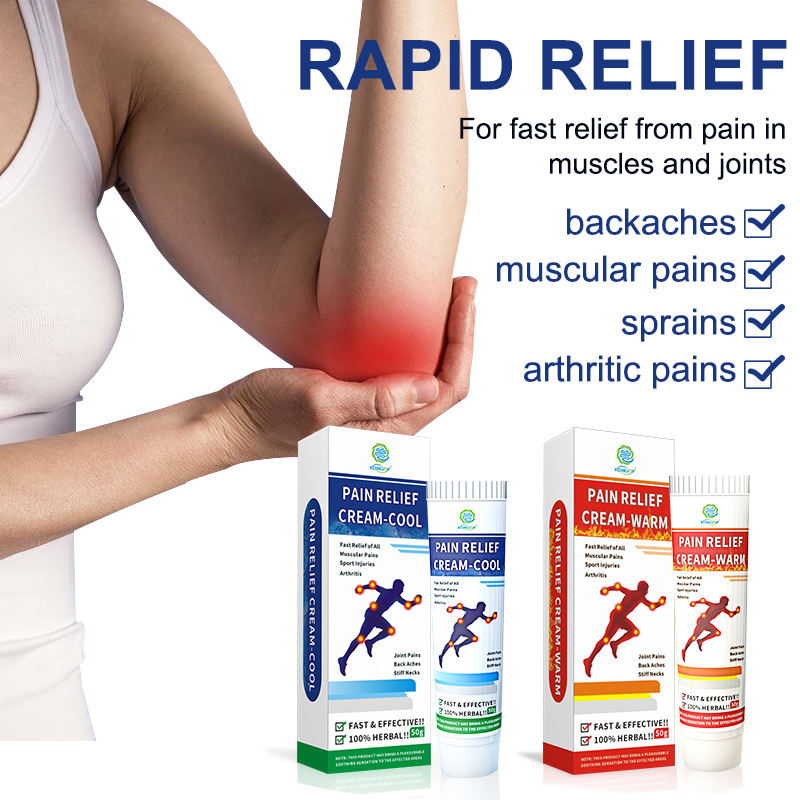Pain relief cream has become a popular choice for individuals seeking temporary relief from aches and pains. In this article, we provide a comprehensive guide to pain relief creams, discussing their uses, benefits, and potential side effects.
- Benefits of Pain Relief Cream
Pain relief creams are designed to offer quick and effective relief from a variety of pain sources, including muscle aches, joint pain, and even minor burns. These creams often contain ingredients such as menthol, camphor, capsaicin, or salicylates that work by either cooling or heating the area of application, reducing pain and inflammation. - Types of Pain Relief Creams
There are several types of pain relief creams available, each targeting different types of pain. Some common types include:
Anti-inflammatory creams: These creams contain ingredients that reduce swelling and inflammation, commonly used for arthritis, joint pain, and muscle aches.
Topical analgesics: These creams numb the area of application, providing relief from pain caused by conditions like shingles or nerve damage.
Heat/cold creams: These creams either heat or cool the area of application, providing temporary relief from minor aches and pains.

- Using Pain Relief Creams
When using a pain relief cream, it is important to follow the instructions provided on the label. Apply the cream to the affected area as directed, avoiding sensitive areas like the eyes or mouth. It is also important to use creams containing salicylates or other blood-thinning agents cautiously if you are on blood-thinning medication. - Side Effects of Pain Relief Creams
While most pain relief creams are safe and effective when used as directed, some individuals may experience side effects such as irritation, redness, or itching at the application site. If you experience any adverse reactions or sensitivity to a particular cream, discontinue use and consult a healthcare provider.
In conclusion, pain relief creams can provide temporary relief from various aches and pains. However, it is essential to use them correctly and cautiously, following the instructions on the label. If you experience any adverse reactions or concerns about a particular cream, consult a healthcare provider.






